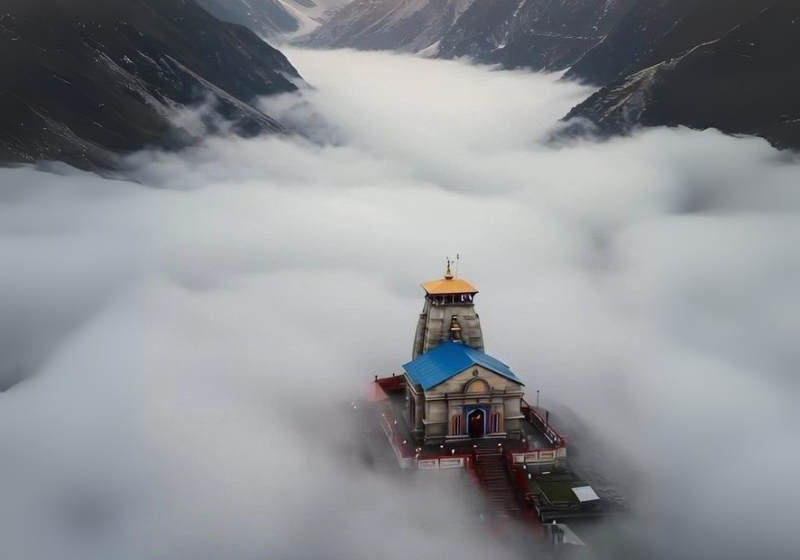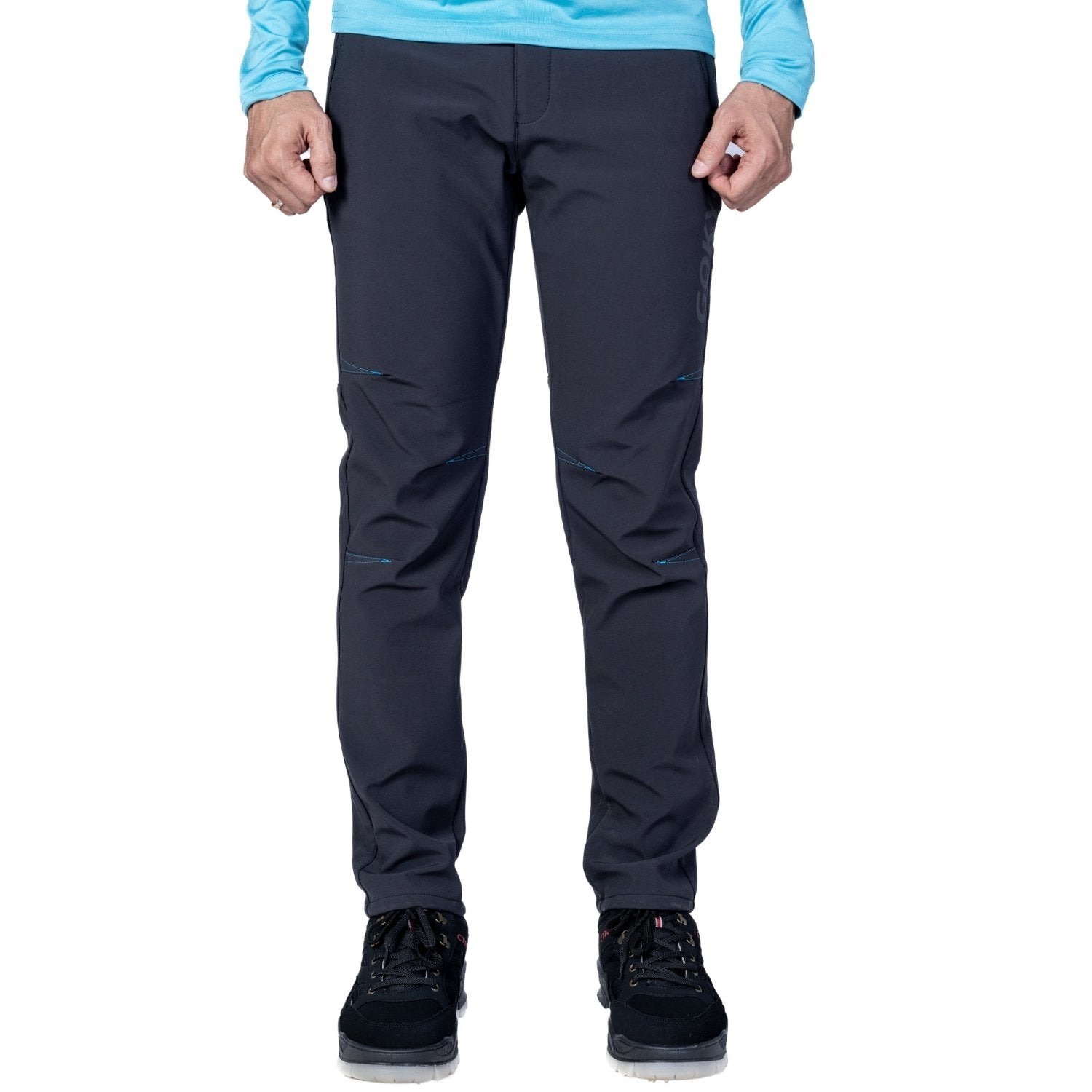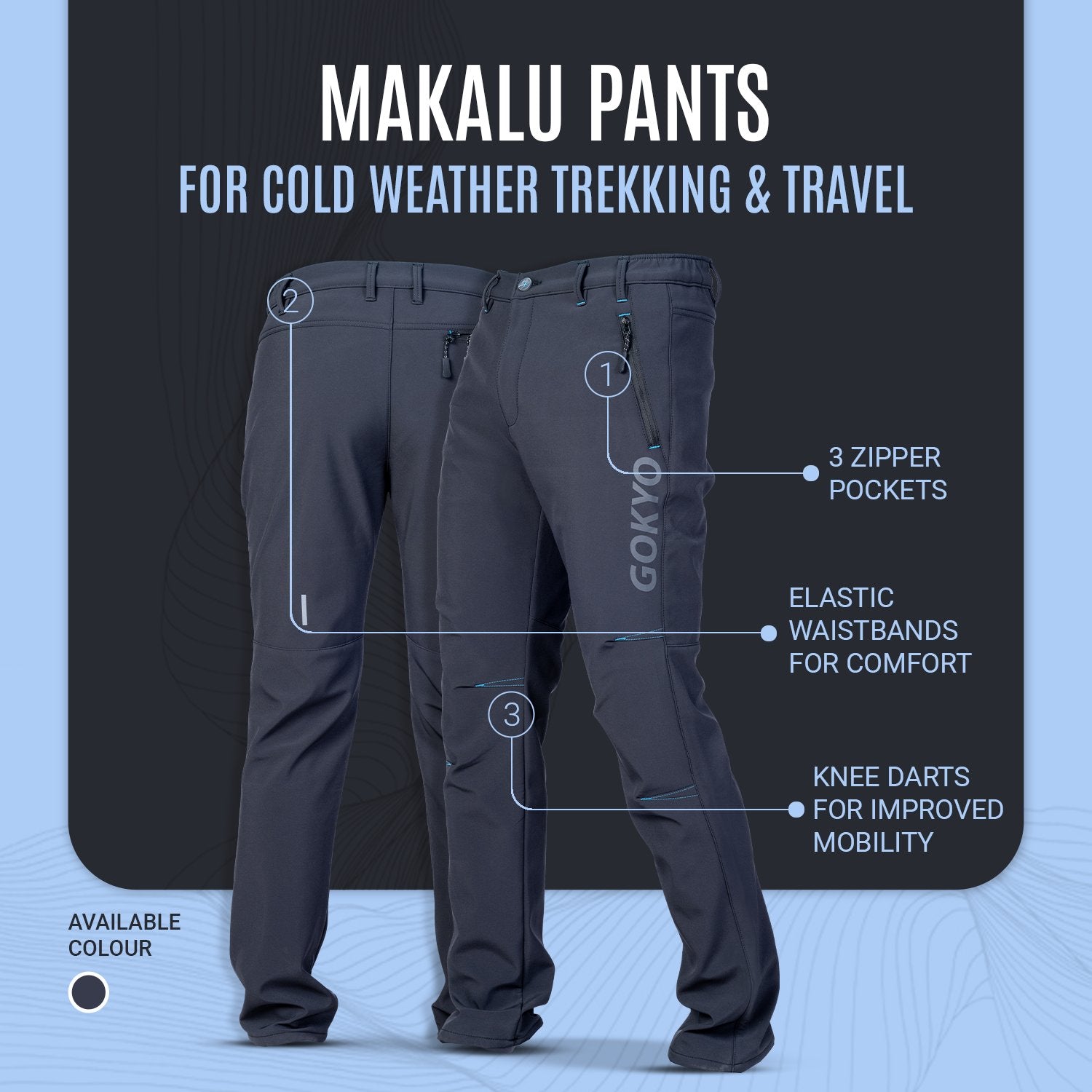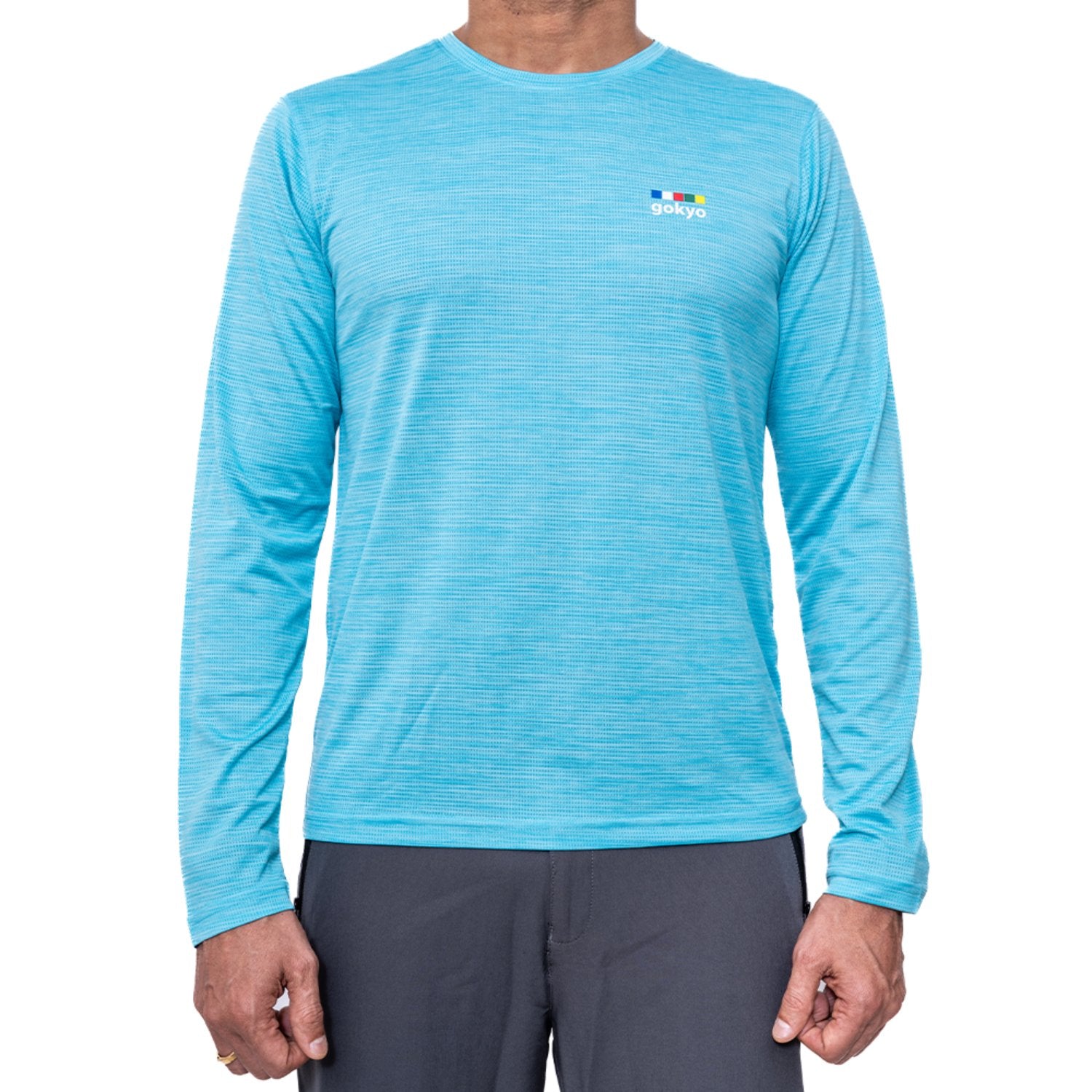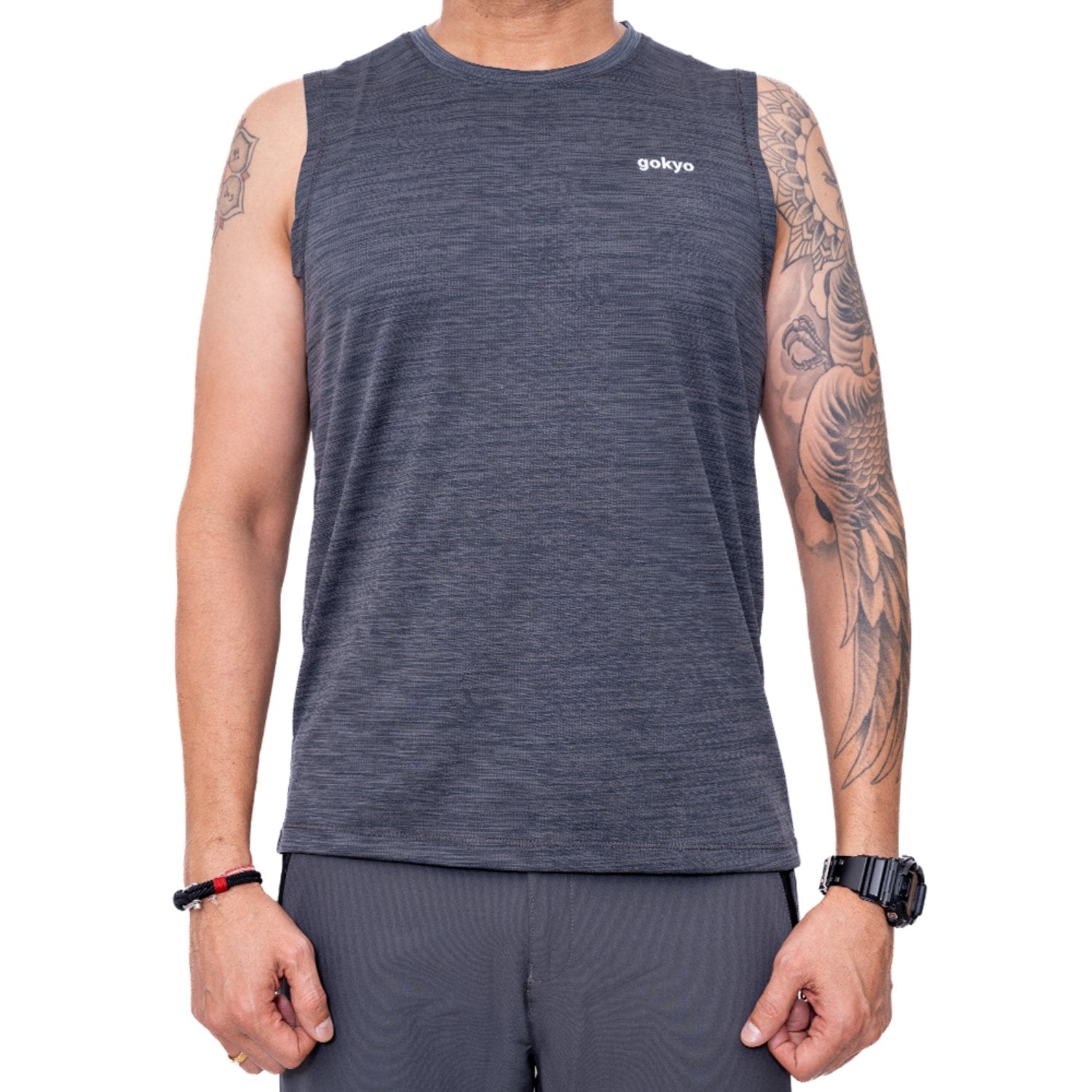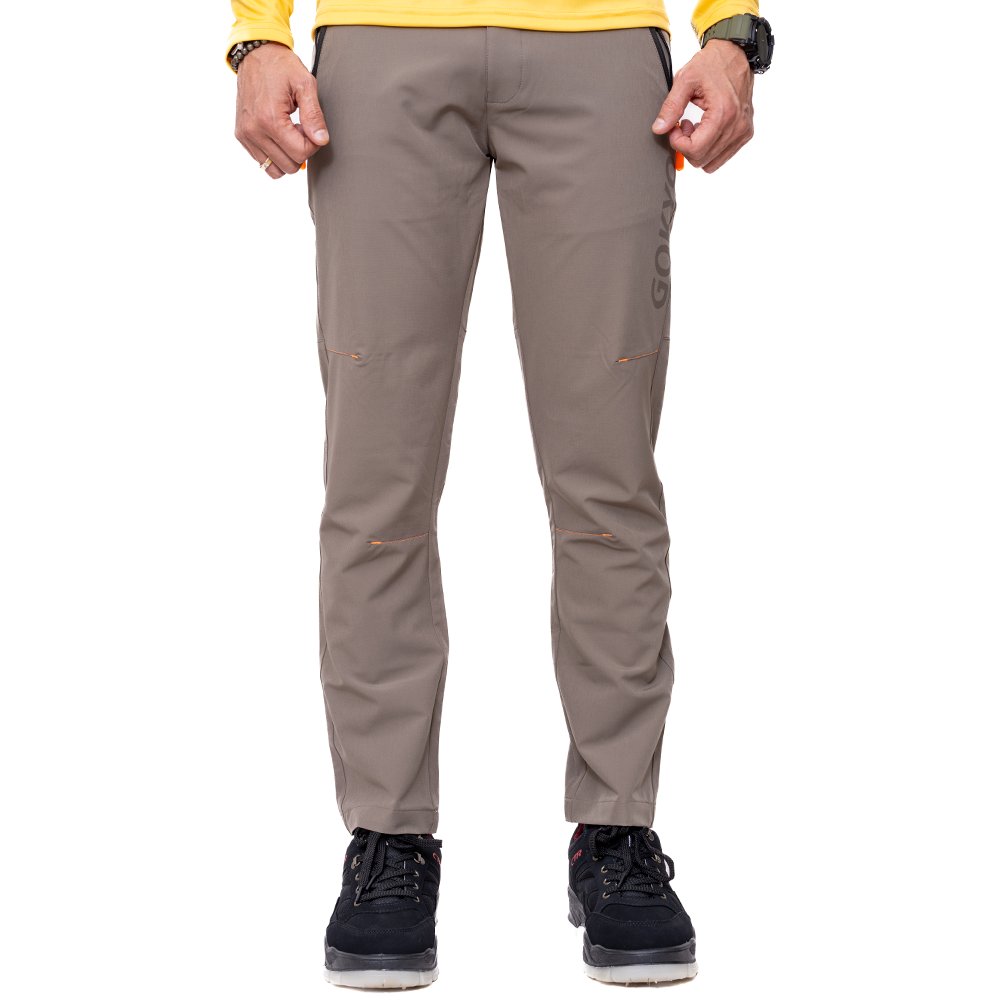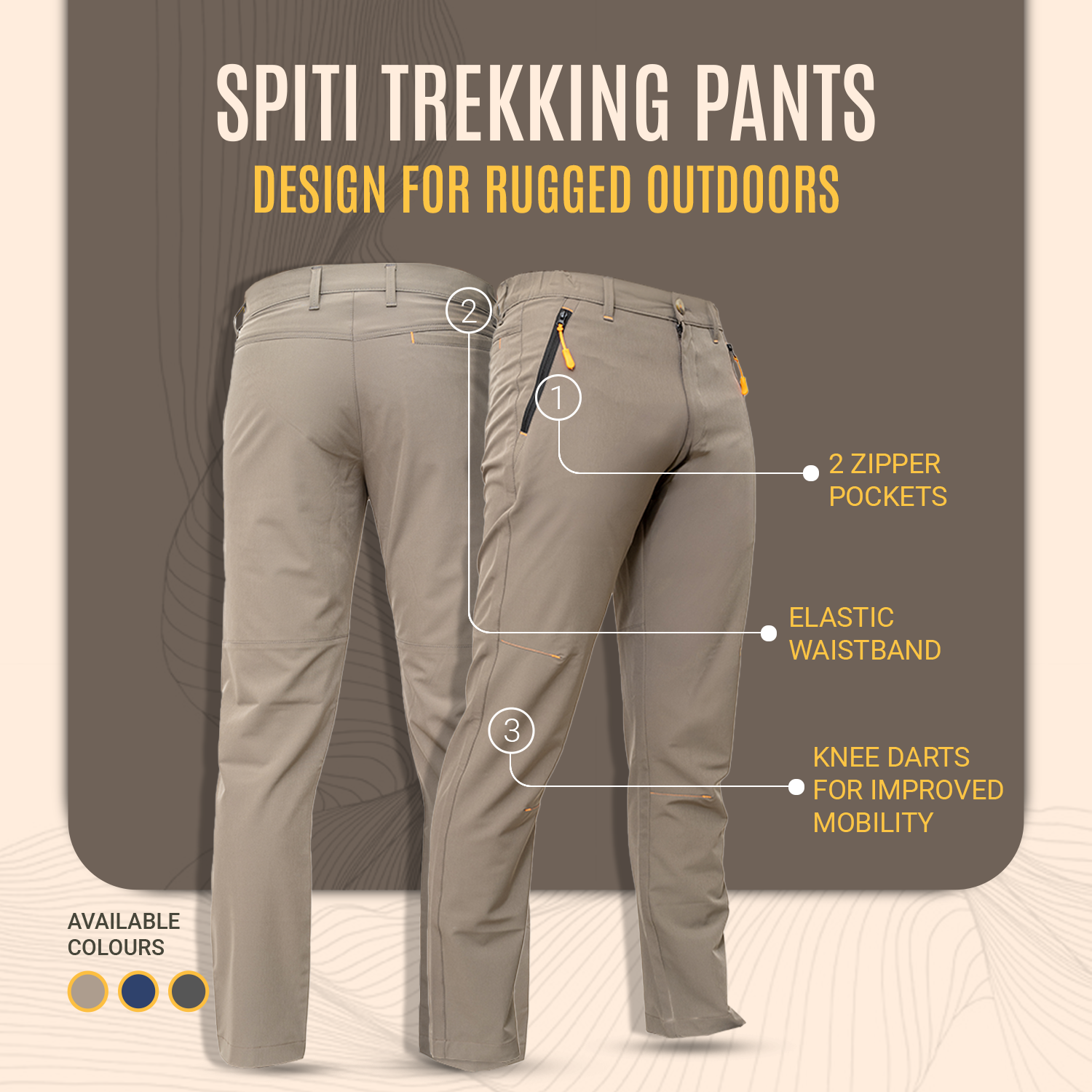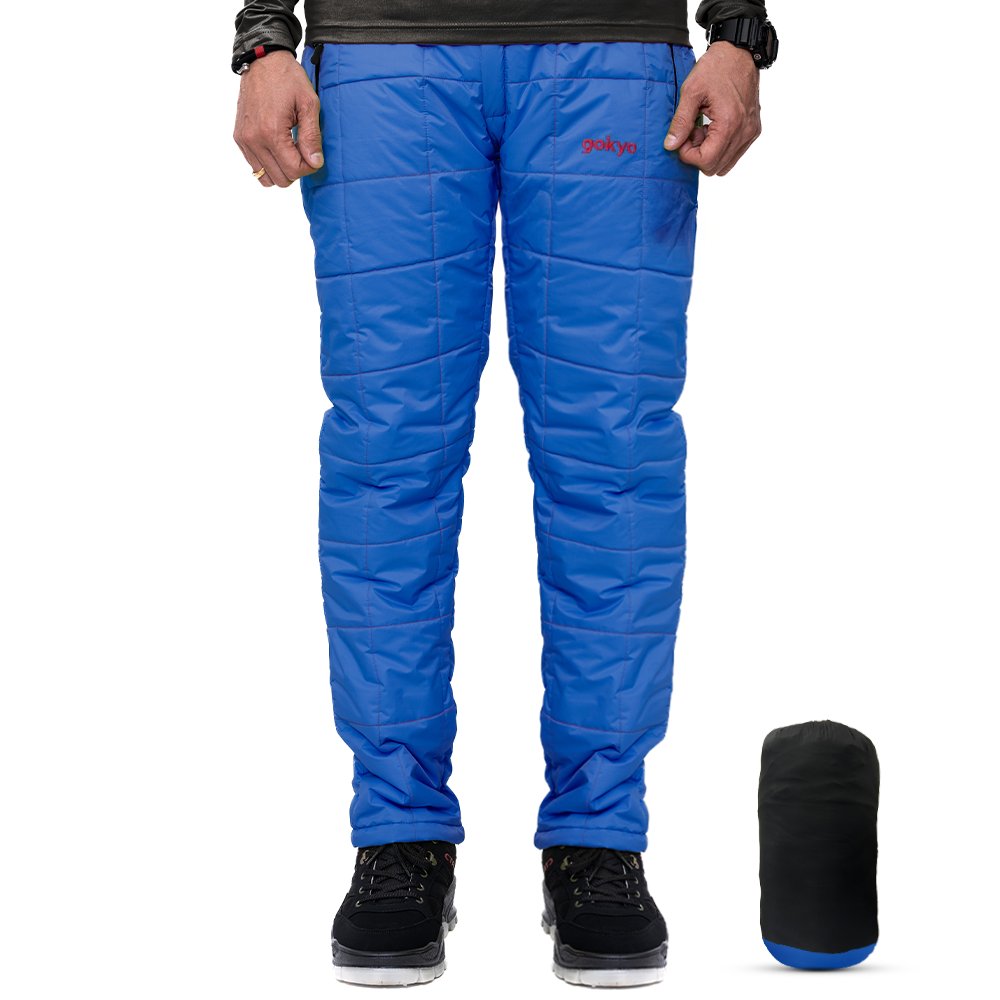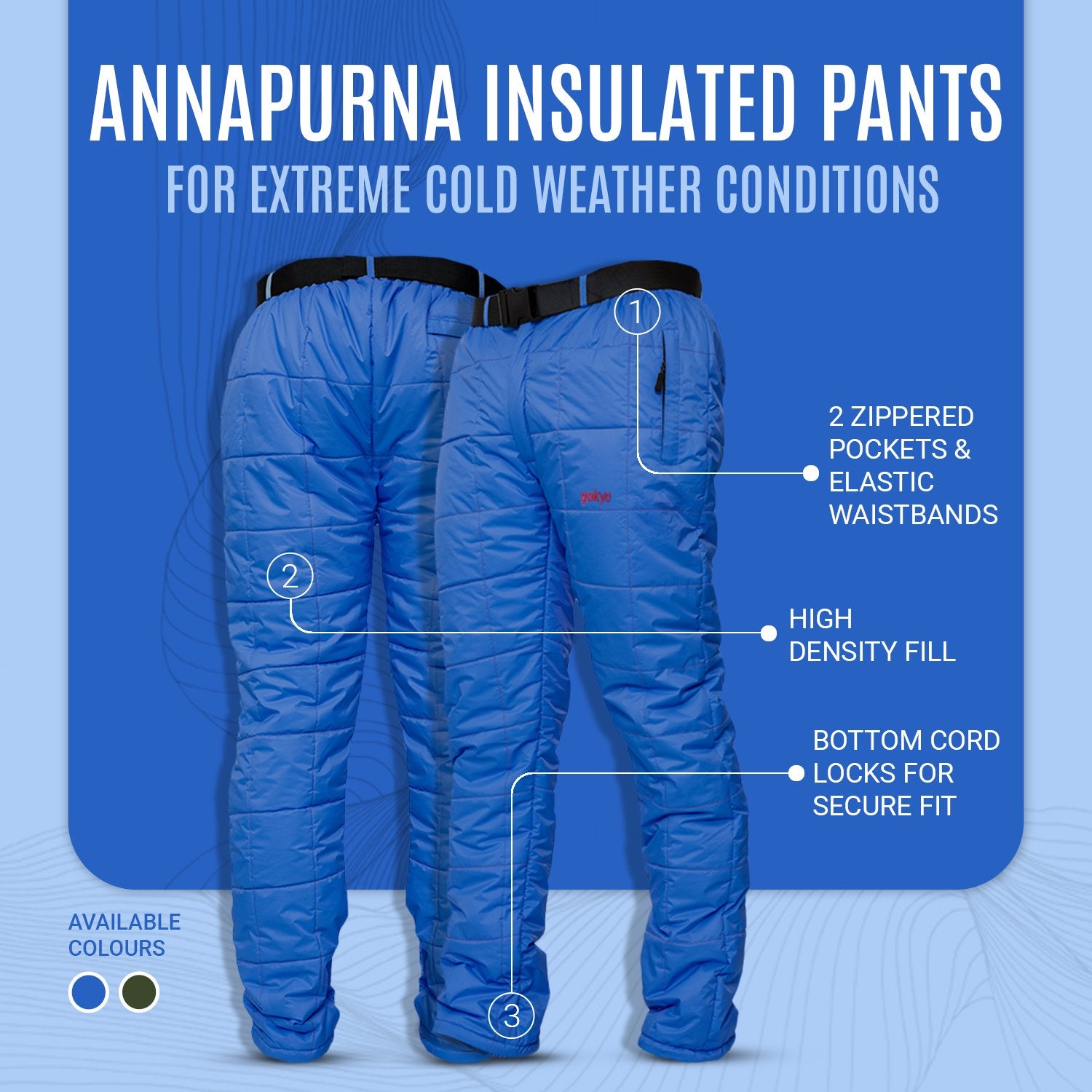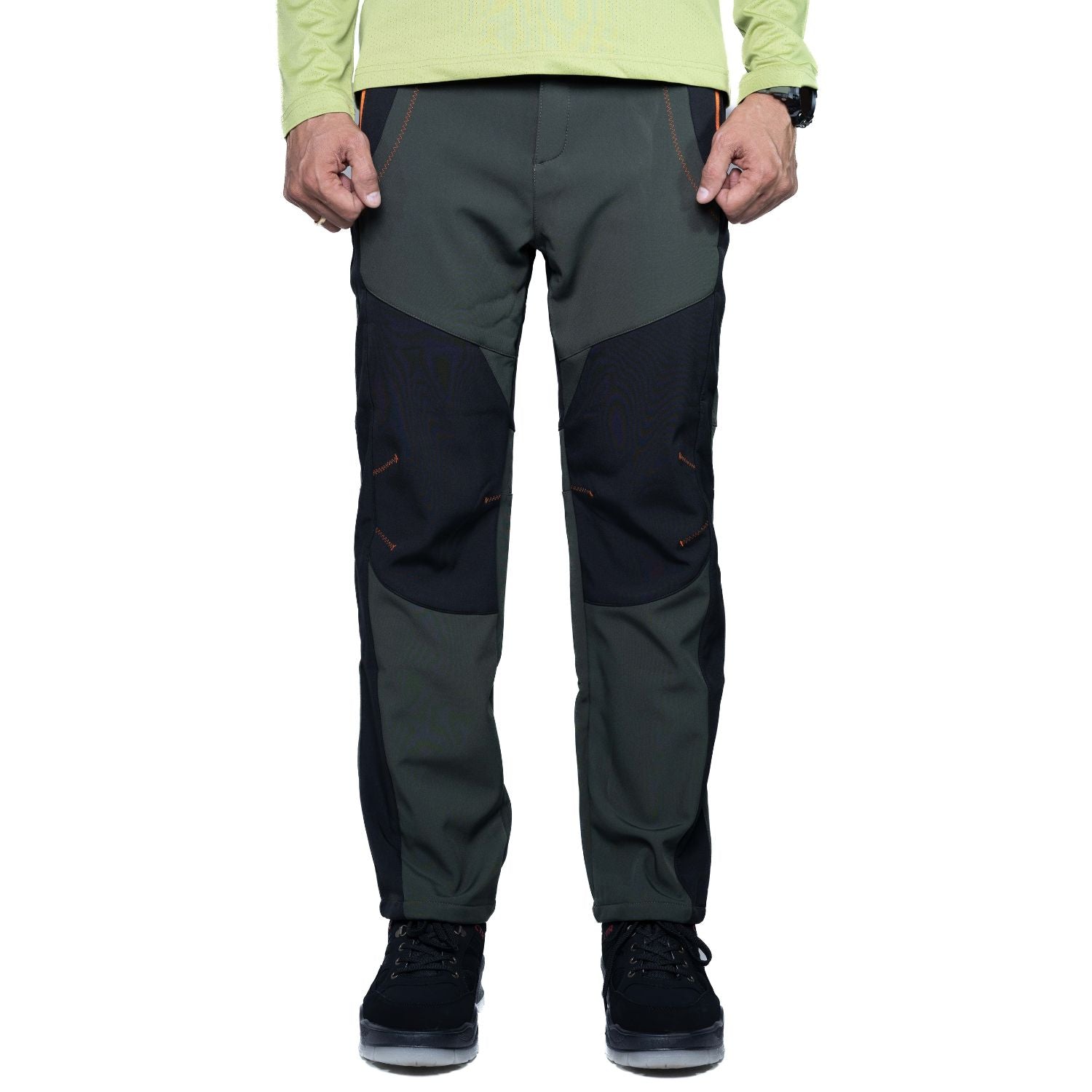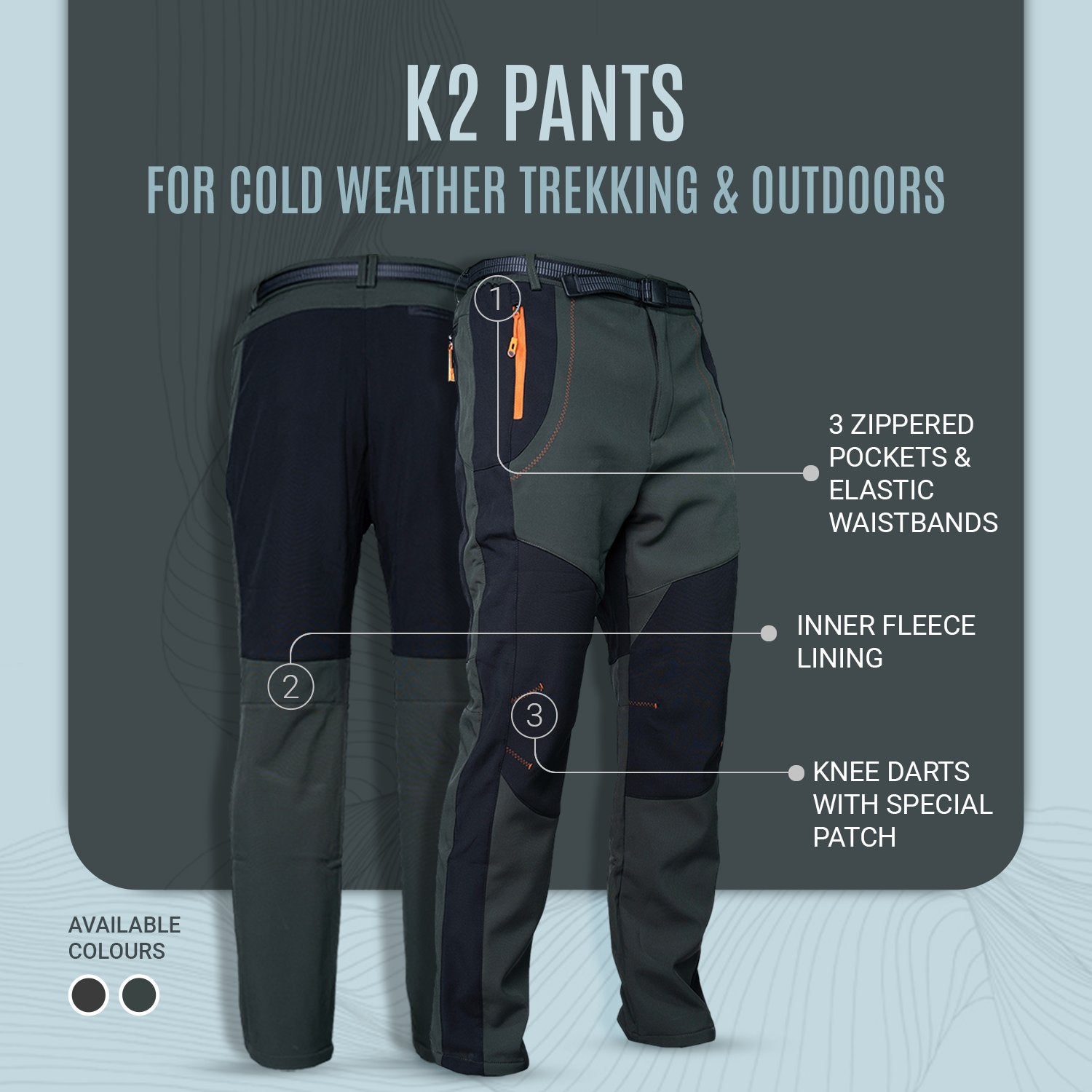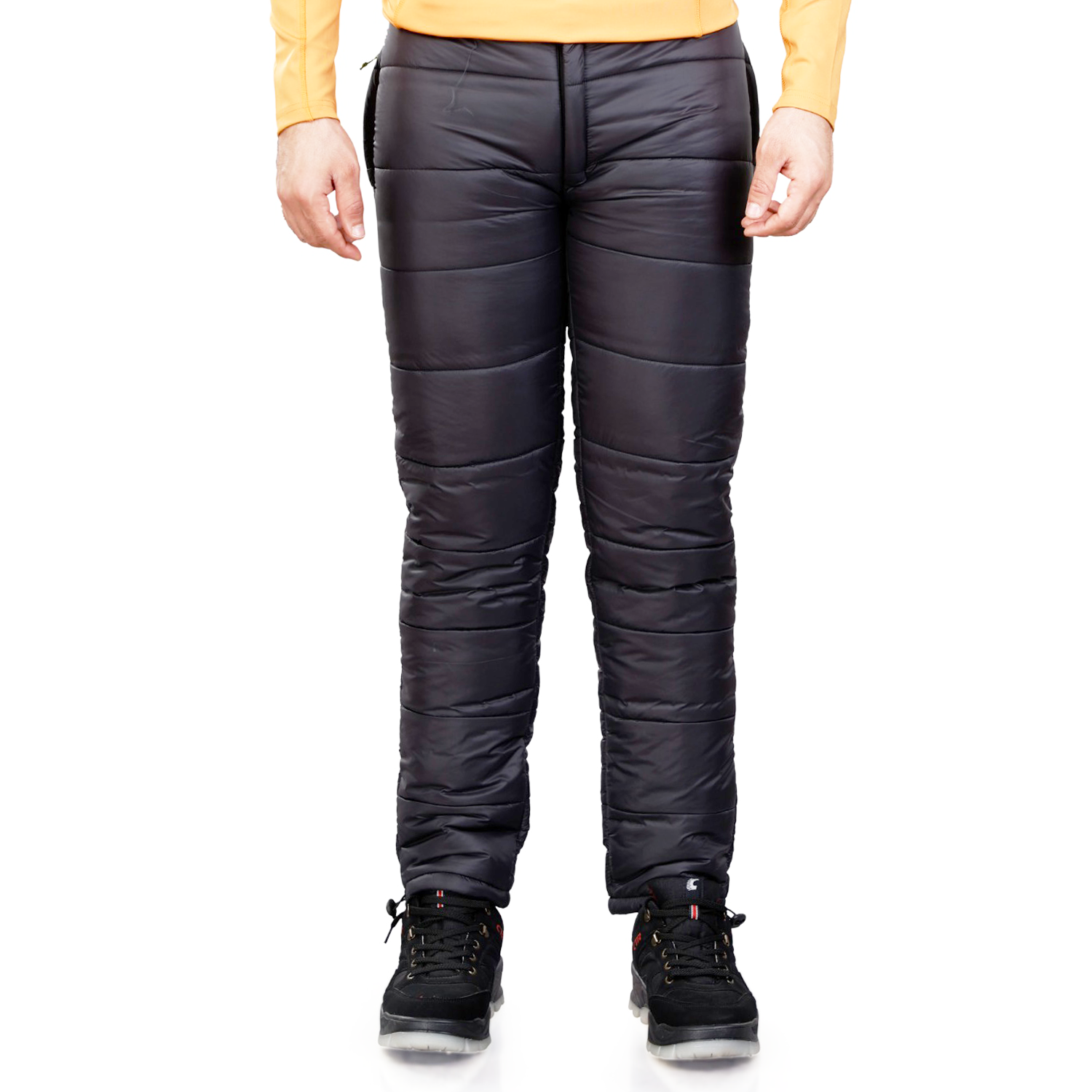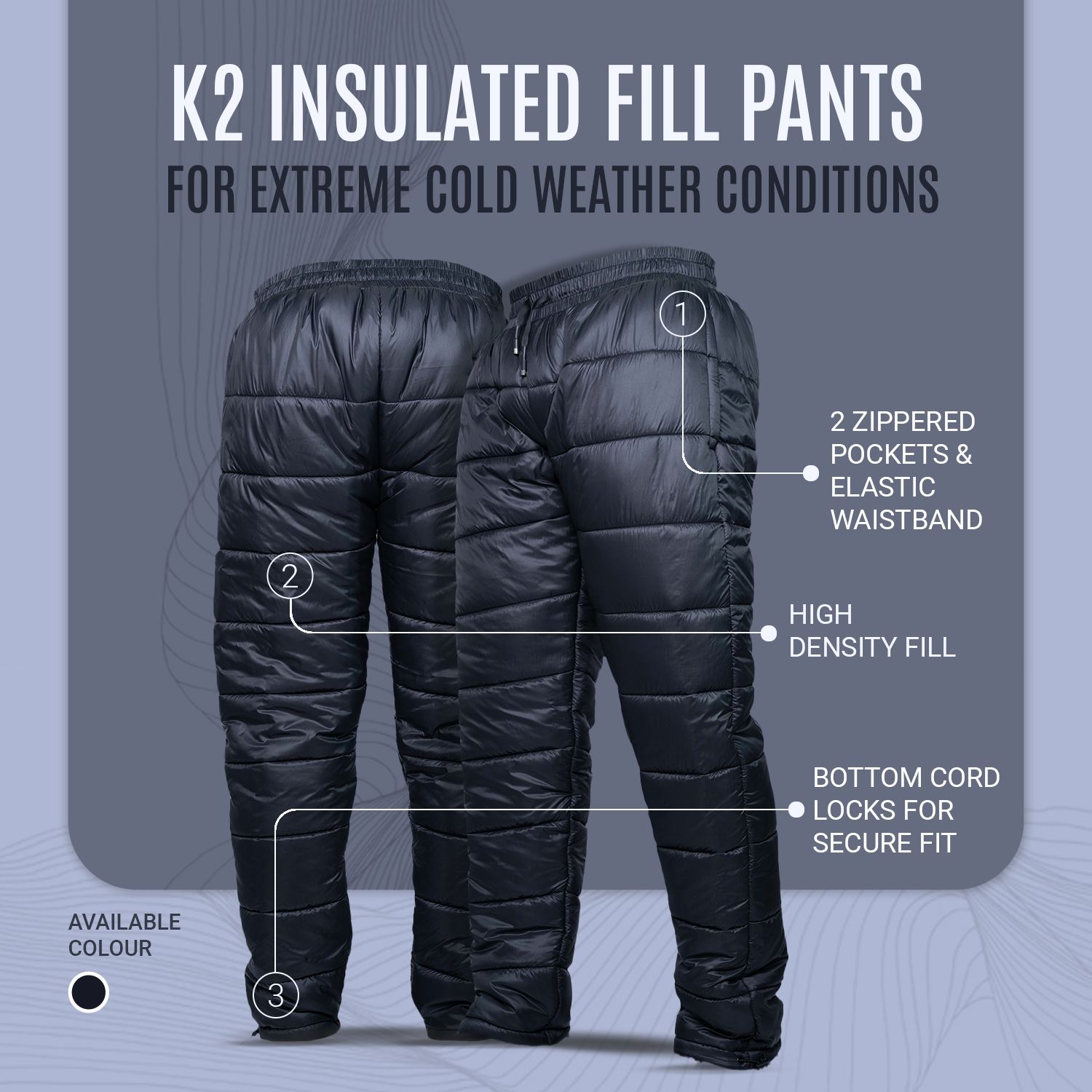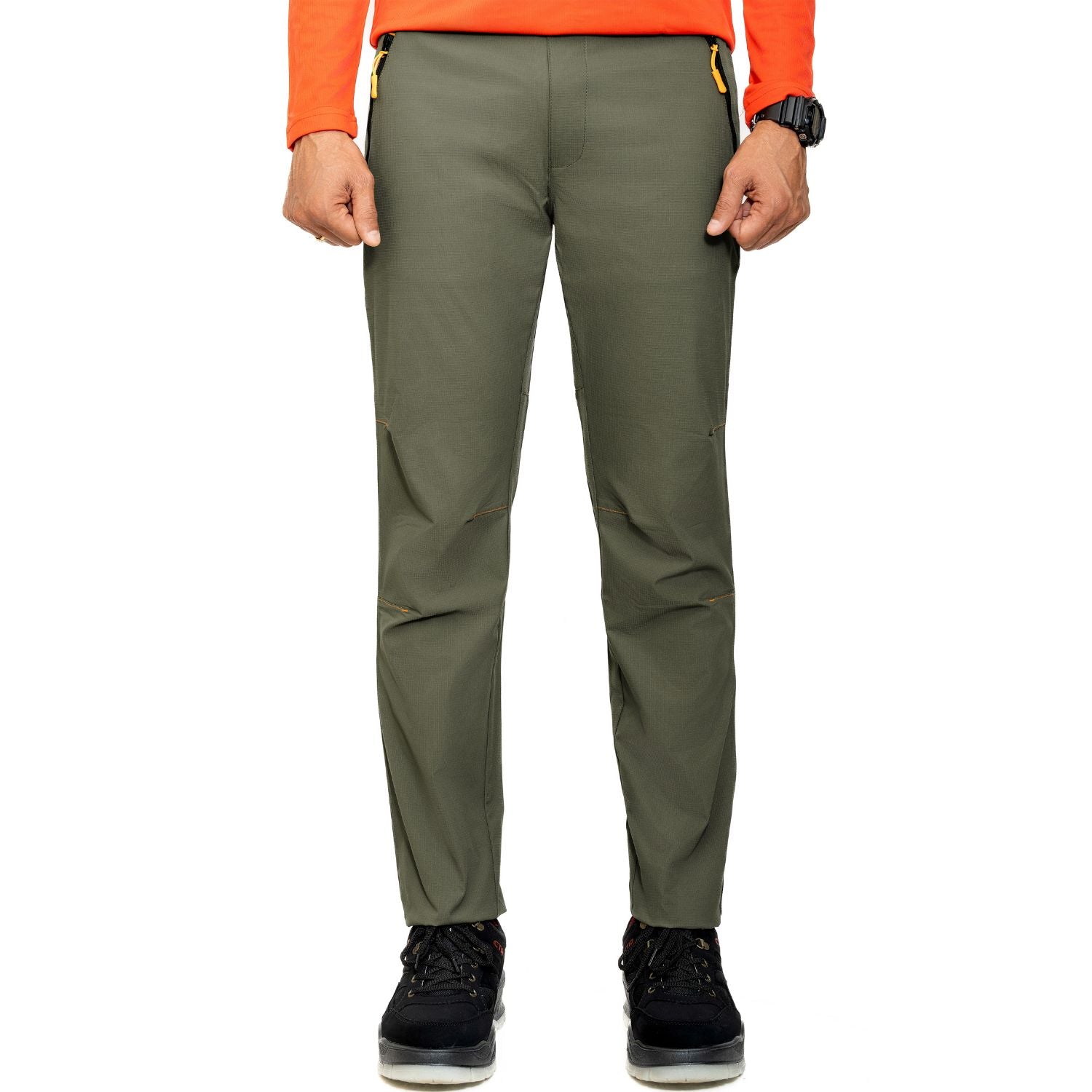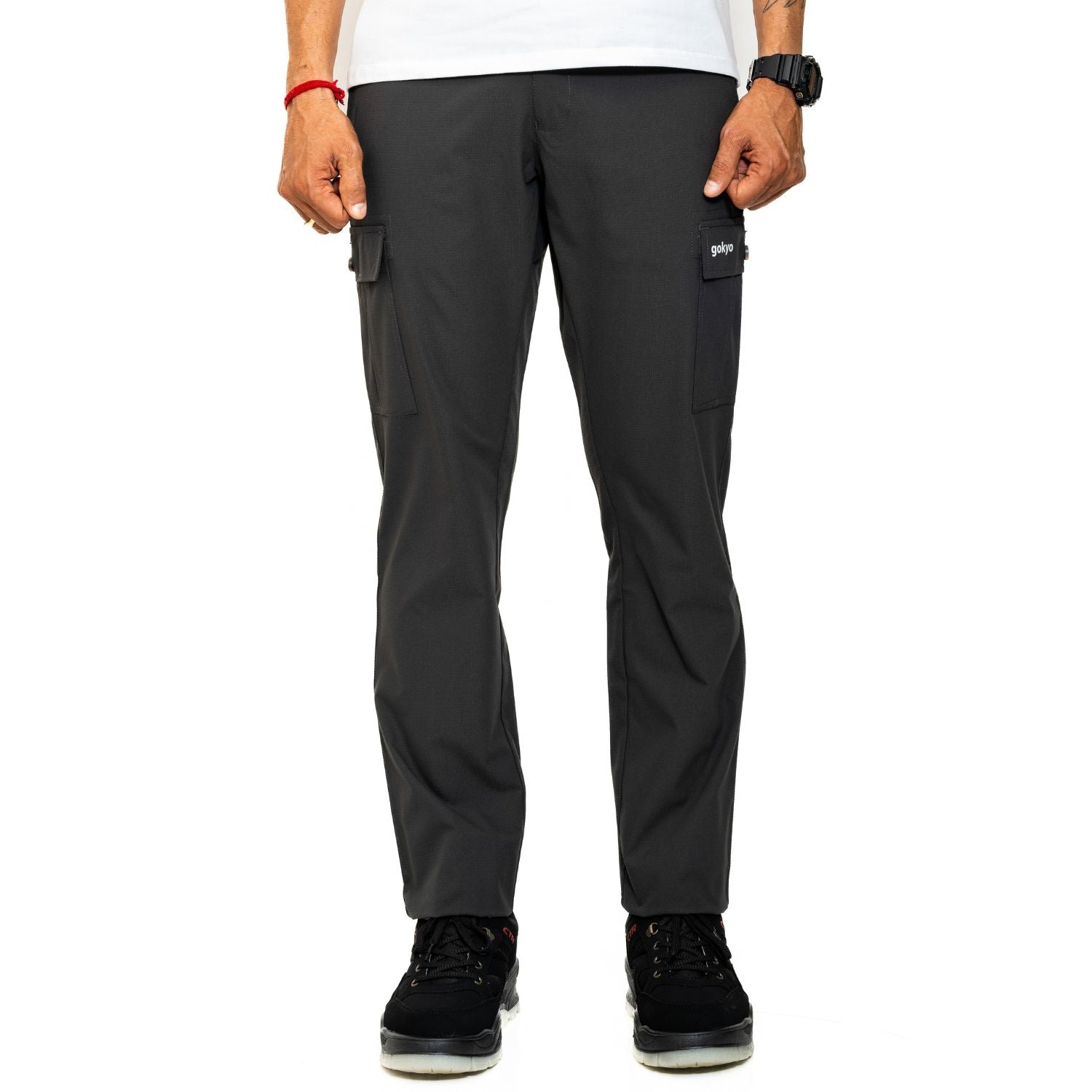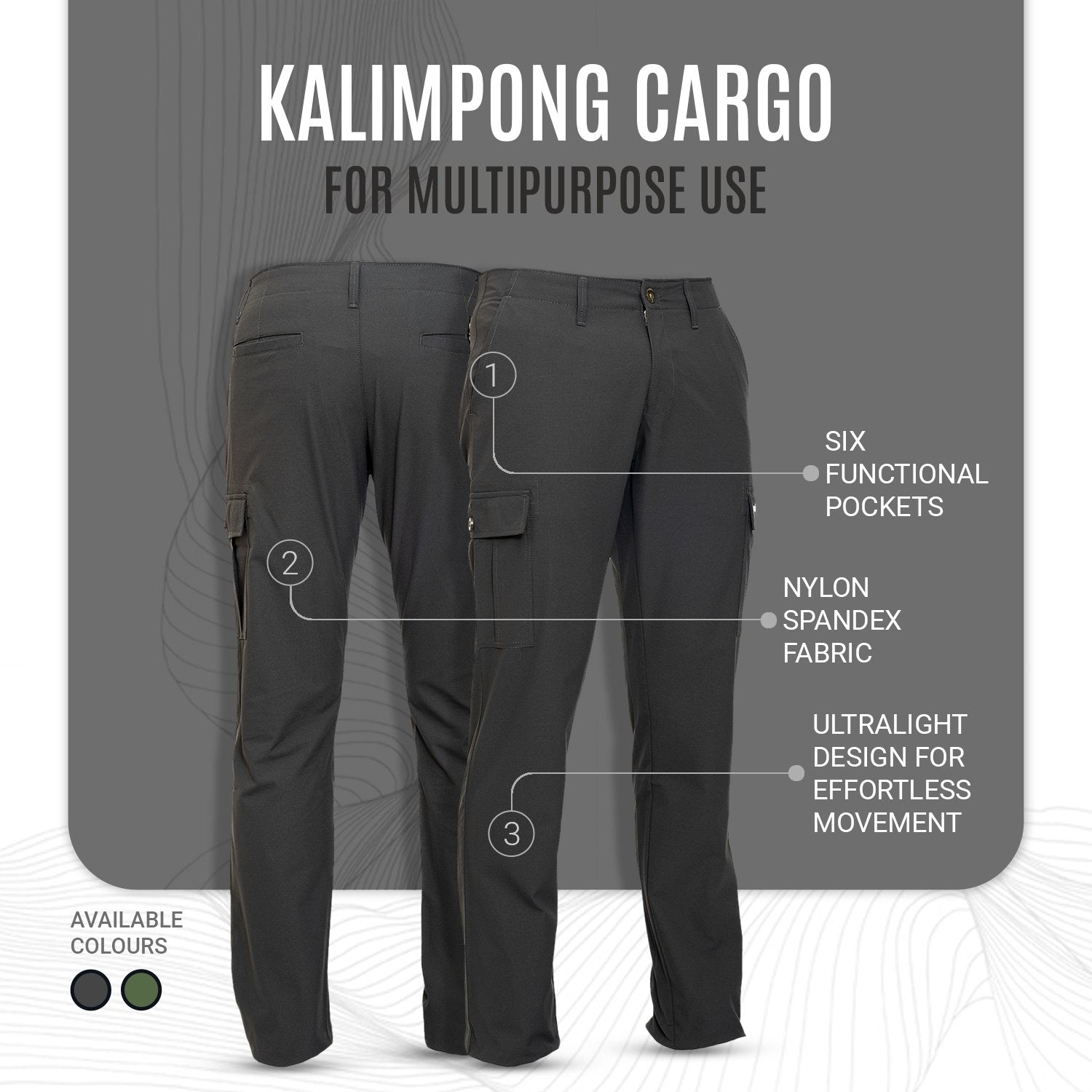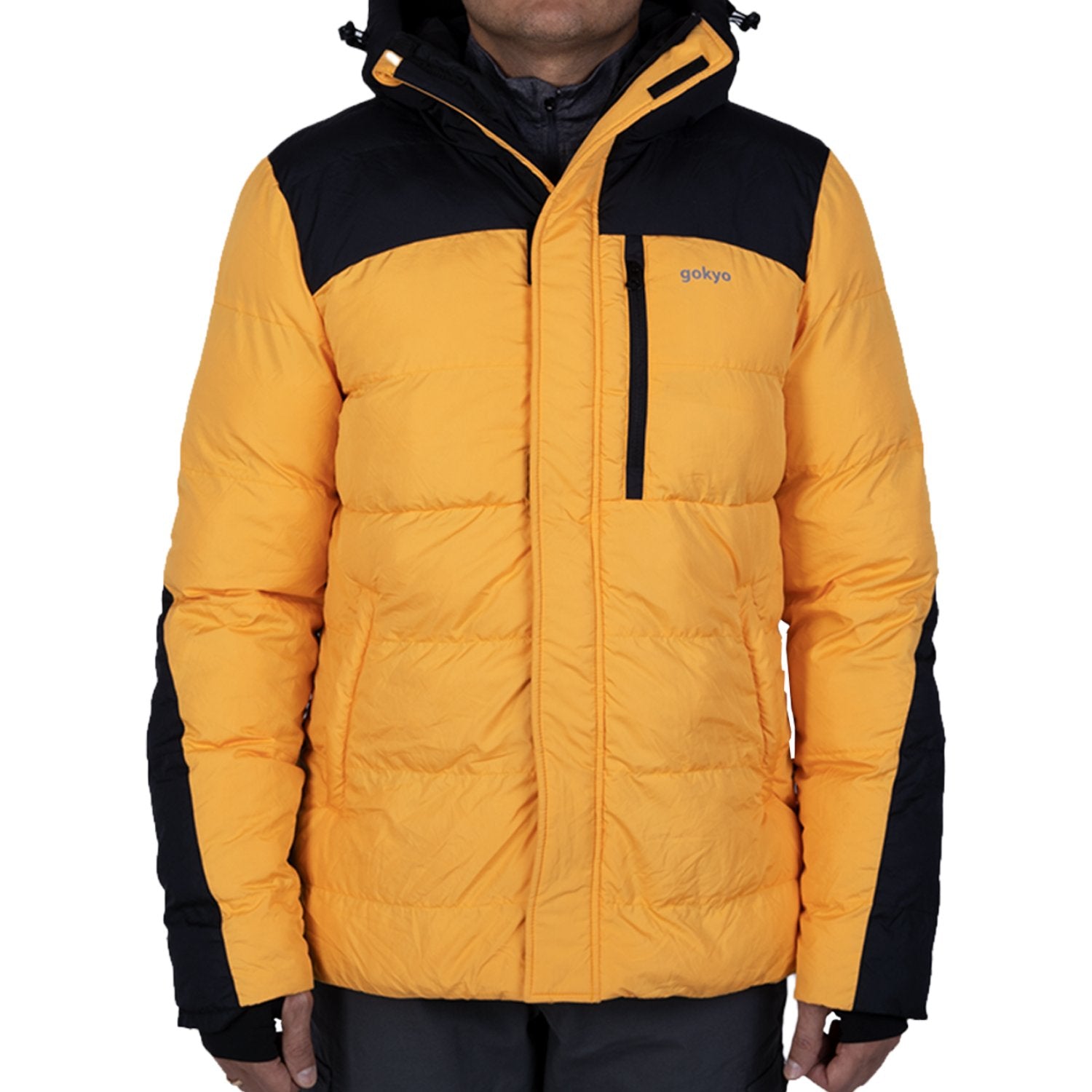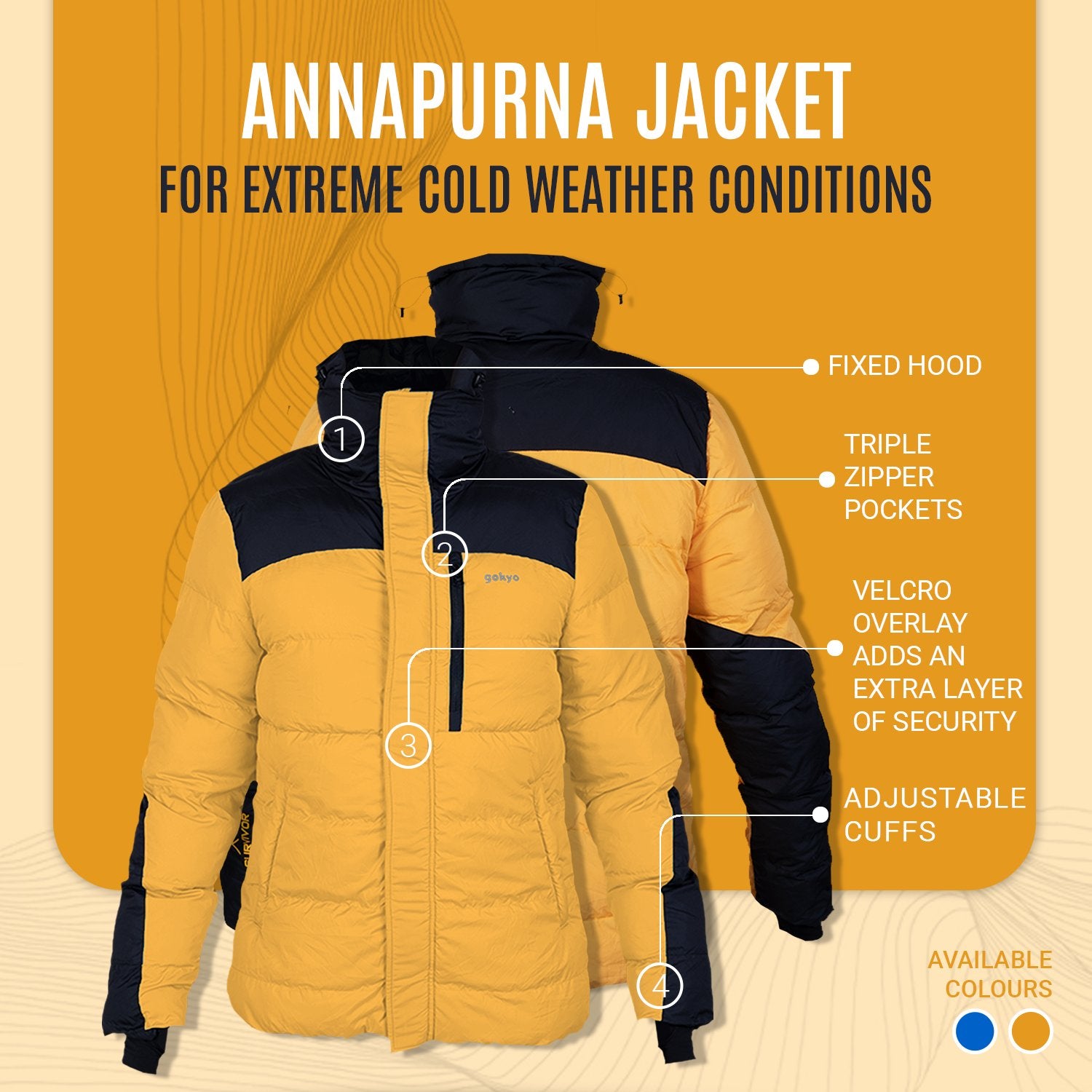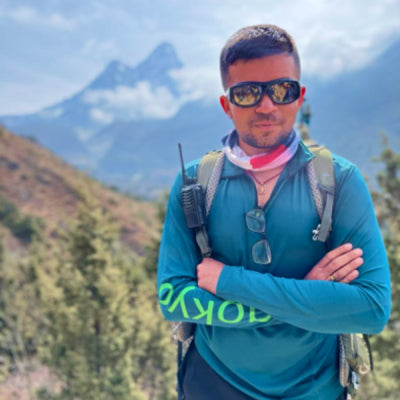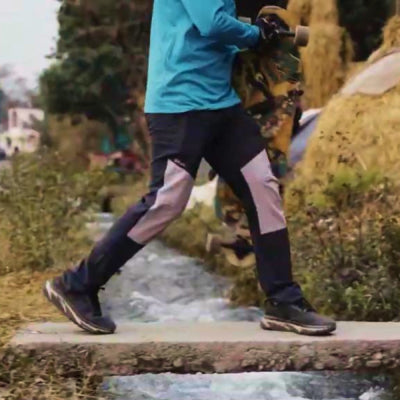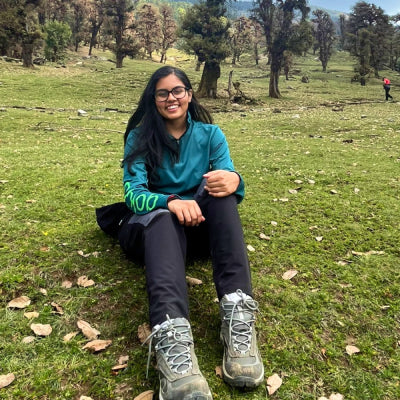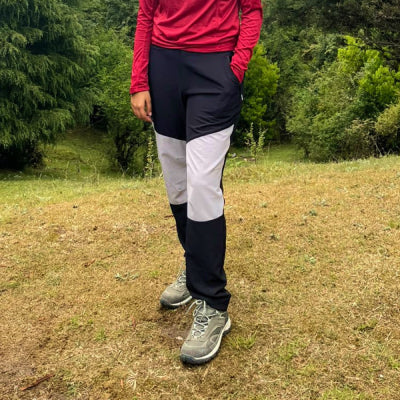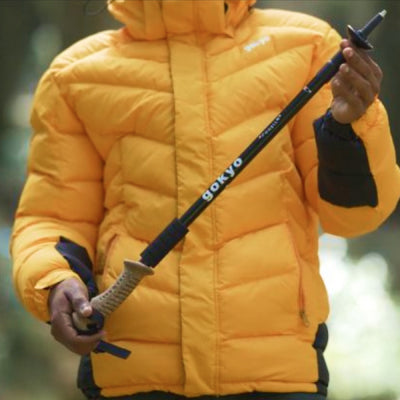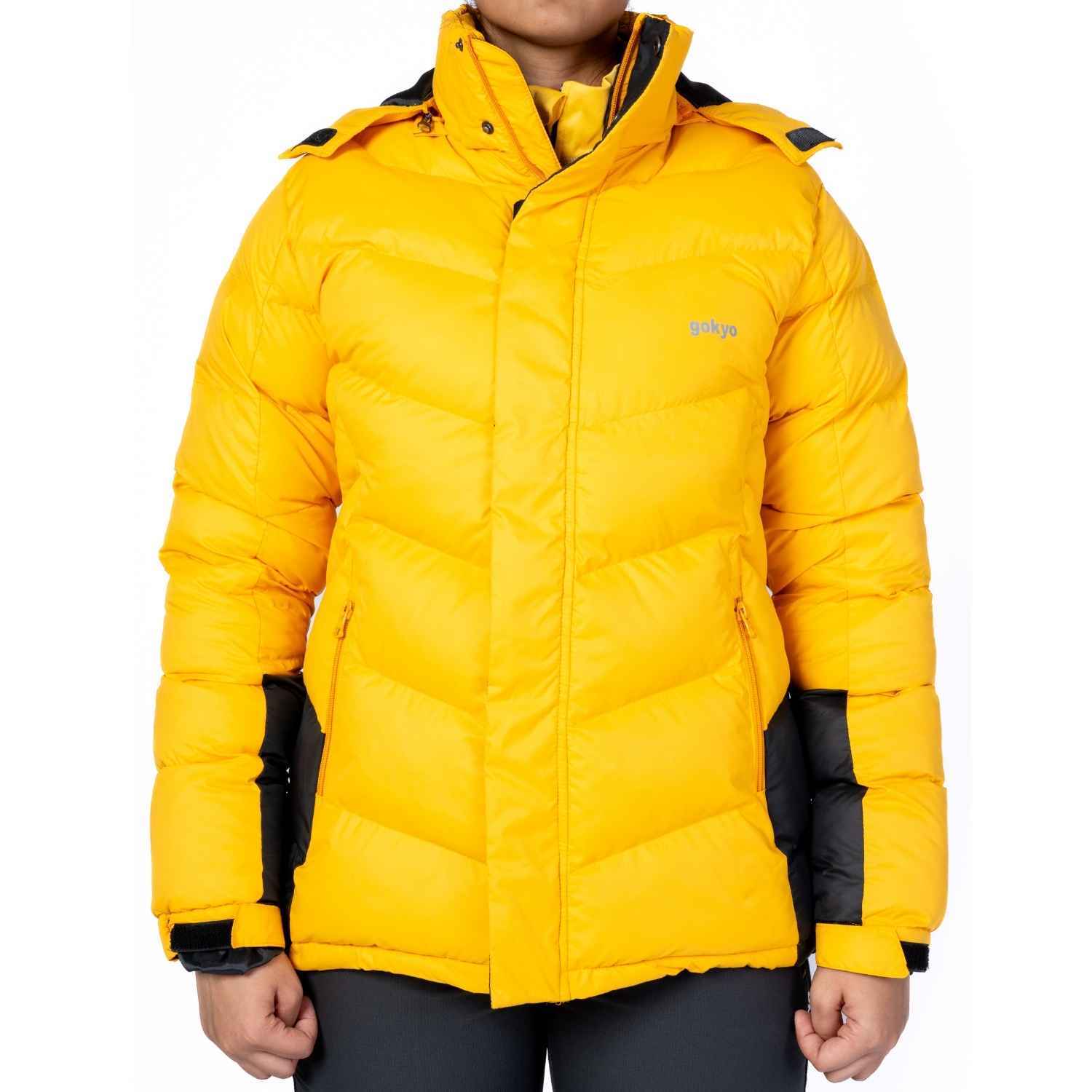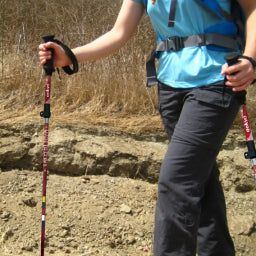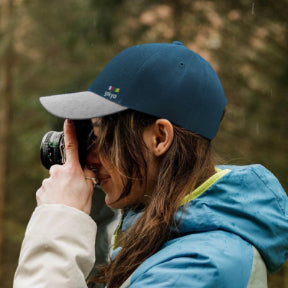What to Wear for Trekking and How to Layer with Gokyo?
There’s always that moment on a trek.
You’re halfway up a climb, breathing like you just ran from your problems (welp!), when the first drop of sweat rolls down your back. It’s not raining. No good, Sir/Madam. You’re just overheating. Your jacket, which felt like a warm hug 20 minutes ago, now feels like a punishment for poor decision-making.
You try to act cool. Take a “photo break.” Secretly unzip the top layer. Regret not stopping earlier to fix this.
Meanwhile, the clouds look moody and ready to turn things gloomy. Your base layer is clinging like guilt of skipping leg day or not moving enough. You start questioning everything. Why did I layer like it was Antarctica? Is this what they meant by wicking fabric? What would the poor backpack say to me if it could talk?
This is exactly why layering isn’t only about what to wear for trekking. It is about when to wear it, how long to keep it on, and what combination will not betray you when the sun suddenly decides to show off.
Layering clothes is a skill. A dance, even. Unless you get the timing and technique right, you will either be sweating through the summit or shivering through your lunch break.
Let’s fix that.
Let’s discuss layering techniques for real people on real trails and how the right setup can help you breathe easier—literally and otherwise.
Why Trekking Isn’t Just “Put on Jacket and Go”
Most people over-layer. It’s understandable. You’re packing for the unknown, and the mountains are notorious for switching moods like a playlist on shuffle. But layering isn’t about wearing everything at once. It’s about creating a system you can adjust quickly without turning your backpack into a clothing graveyard.
The Three-Layer Setup That Actually Works
1. Base Layer: The Silent Hero
Your base layer is there to handle sweat. That’s it. It shouldn’t insulate or smother. It should feel like your second skin and behave better than your first one.
What works:
- K2 base layer thermals from Gokyo – dries fast, no stickiness
When to strip it: Never. Unless you’re swimming in a stream, then please do.
Discover High-Performance Base Layer Thermals for Your Journey
2. Mid Layer: Your Adjustable Best Friend
This is where people get it wrong. The mid layer should go on after you’ve started cooling down, not before you climb. It’s the layer you flirt with all day. On. Off. Back on.
What works:
- Fleece or lightweight down
- Spiti Trekking Pants
When to change it: When you stop for lunch or hit shade. Not while panting halfway up a ridge.
3. Outer Layer: Your Insurance Policy
This one stays packed most of the day. But when it’s time, you’ll be glad it’s there. Wind, light rain, sudden hail tantrums - this layer saves the trek.
What works:
Kaza Waterproof Windcheater GTX Fabric
- Waterproof with zips, you can operate even with gloves
-
Lightweight enough to live in your pack, not your hands
When to deploy it: The second you feel exposed. Or when the air pressure drops and your group goes quiet.
The Mid-Trek Layer Switch: How to Actually Do It
You know you need to switch layers when:
- Your shoulders start steaming
- You keep pushing your sleeves up
-
You stop enjoying the view
Technique tip:
Find a flat spot. Take off the bag. Strip one layer. Add or remove as needed. Keep it fast. Keep it light. Store the shed layer in an accessible side pocket or dry sack.
Bonus: Always announce you're changing layers. It’s the closest thing to a group hydration reminder.
Know Your Conditions, Don’t Just Copy Influencers
Your favourite trekker online might be hiking in Norway with fancy snow wear. You? You’re sweating your way up to Triund. What to wear for trekking is about your altitude, pace, and personal thermostat.
Ask:
- What’s the forecast?
- How windy is that pass?
-
Do I sweat like I’m getting paid for it?
Once you know those answers, your layering technique becomes your custom survival guide.
Gokyo Layers: Built for That One Minute You Regret Your Jacket...and the Next One You’re Grateful For It
We’ve layered the logic into the outdoor wear so you don’t have to overthink it mid-trail. Whether you're a first-timer figuring out what to wear for trekking or a seasoned hiker refining your layering technique, our systems are built for Indian conditions, body realities, and terrain mood swings.
- Our K2 Base Layer Thermal gives you that silent sweat control without bulk.
- The Kaza Waterproof Windcheater rolls off and on like a pro, no tugging.
- And the Annapurna Insulated Pants? Warmth when you stop. Do not weigh when you move.
They’re trail-tested collections specifically made to move with you clothes that work as hard as you do. Nothing extra. Nothing missing. Just what you need, when you need it.
Choose light. Choose breathable. Choose Gokyo.
Shop the Trek-Ready Lineup:
K2 Base Layer Thermals
Experience superior warmth and comfort with the Kalimpong Base Layer Set, designed for optimal moisture-wicking and insulation during treks.
K2 Base Layer Thermals
Kaza Waterproof Windcheater
Stay agile and protected with the Spiti Trekking Jacket. Its lightweight design and weather resistance make it ideal for dynamic trekking conditions.
Kaza Waterproof Windcheater
Annapurna Insulated Pants
Conquer cold climates with the Annapurna Insulated Pants, featuring high-density insulation for extreme weather conditions.
Annapurna Insulated Pants
Gokyo Rain Shell
Shield yourself from the elements with Gokyo's Rain Shell, crafted for waterproof and windproof performance in unpredictable weather.
Gokyo Rain Shell
Now go, adjust like a legend. Your summit isn’t sweating, and neither should you.






